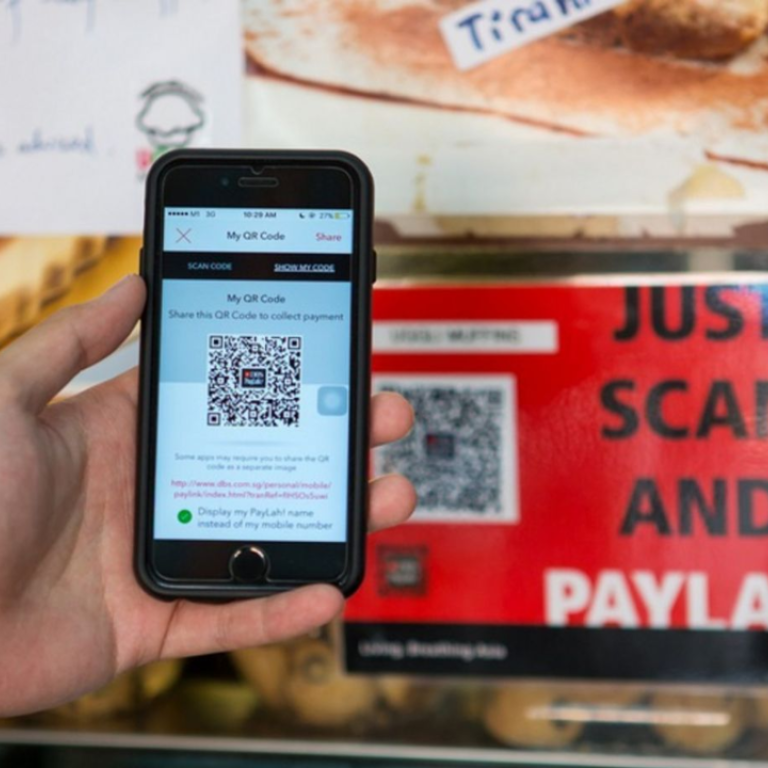
Singapore aims for half of food and beverage outlets to go digital by 2020
Authorities looking at lowering the cost of systems to encourage street vendors to take part
By Kenneth Cheng
Making all essential payment modes available on a single terminal is something the Monetary Authority of Singapore (MAS) and other agencies are working on, as the Government aims for half the food and beverage (F&B) establishments here to adopt digital services by 2020.
The use of QR codes for payment could also be more widely encouraged at hawker centres, as the authorities study ways to lower the cost of such systems, Senior Minister of State (Trade and Industry) Sim Ann told Parliament yesterday.
She was responding to a question by Nominated Member of Parliament Randolph Tan, who asked about the major factors keeping small food stalls, such as those in hawker centres, from adopting digital ordering and cashless payment systems on a large scale, among other things.
The single terminal, called the unified point-of-sale terminal, can accept all major credit cards, including those that are contactless or embedded in smartphones.
In August last year, MAS managing director Ravi Menon said about 1,000 such terminals had been deployed in convenience stores, and 10,000 more were set to be installed in the next two years.
Earlier this month, the Dairy Farm Singapore Group announced it was setting up 2,000 of such terminals in its stores, including Cold Storage and 7-Eleven. United Overseas Bank (UOB) also said that, by year’s end, all of its point-of-sale terminals would be unified point-of-sale ones.
Ms Sim said yesterday that, by March this year, about 1,400, or one-fifth, of all food outlets here had adopted digital services in some form. “Most have done so recently, and we will actively encourage more of them to do so,” she added.
The main barriers to adoption for retailers? Habit, cost and the fact that many digital payment systems cannot operate various payment modes now, Ms Sim said.
In the push towards cashless payments, the National Environment Agency, Spring Singapore and the MAS are exploring how to reduce the cost of digital-service systems, by using models that negate the need for separate equipment or that use existing equipment.
“This could include the use of QR codes for payment,” Ms Sim suggested.
Last month, DBS Bank and OCBC Bank announced that consumers would be able to make cashless transactions via QR codes.
When contacted yesterday, a UOB spokesperson said it was reviewing QR code payments, and would roll these out “in due time”.
OCBC’s Pay Anyone QR-code payment service was scheduled for use from this month at selected merchants that have Nets terminals, while QR-code payments through DBS’s PayLah! app will also be made available on Nets terminals at more than 2,000 merchants in the coming months.
Last week, DBS, Singapore’s largest lender, also announced that it would recruit up to 1,000 ambassadors in its outreach efforts, to encourage small, cash-based merchants to adopt QR codes as a payment form. It will also join hands with ComfortDelGro to enable QR-code payments across its 16,300-strong fleet by the third quarter of this year.
DBS hopes to have more than 30,000 of such payment-acceptance points by the end of the year.

